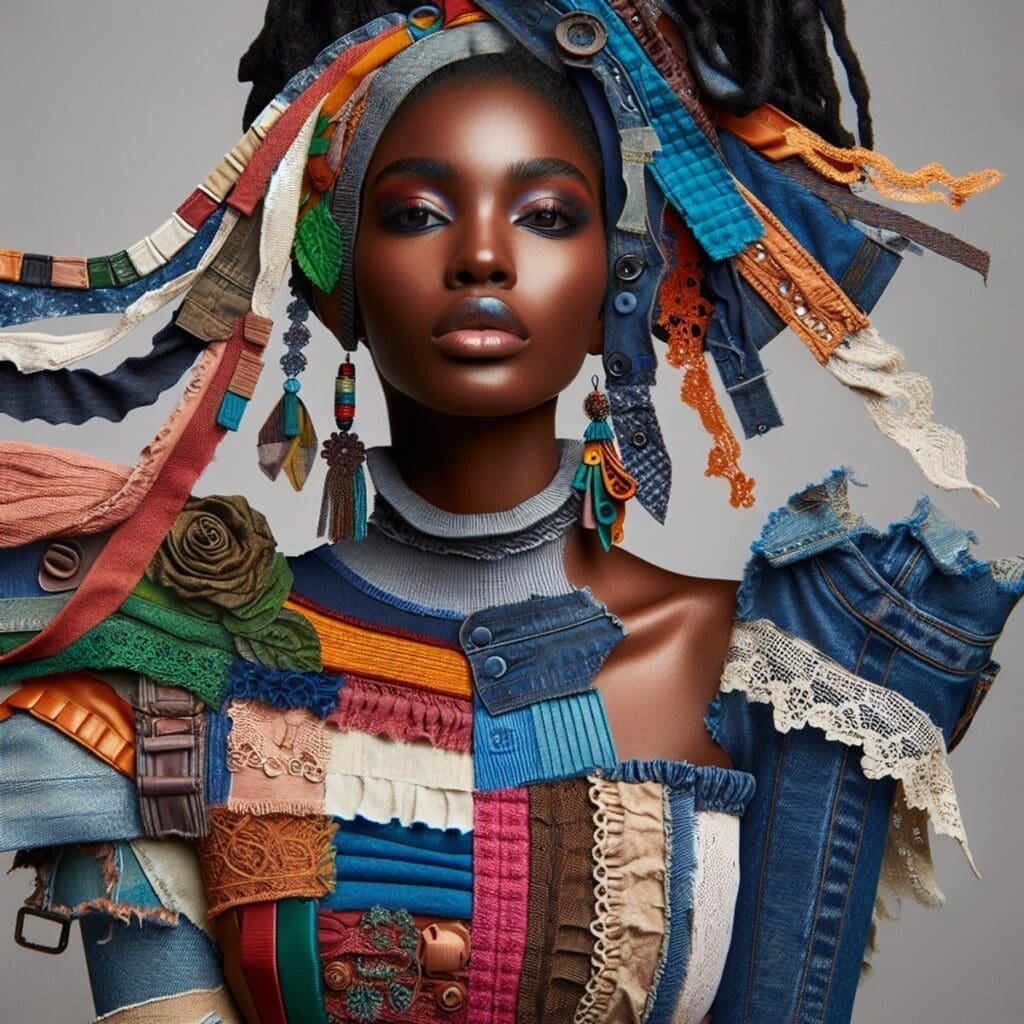
Introduction to What is Upcycled Clothing
Upcycled clothing is a growing trend in the fashion industry, offering a sustainable and eco-friendly alternative to traditional clothing production. This practice involves repurposing and reusing existing materials to create new garments, reducing the reliance on virgin resources and minimizing textile waste. What is Upcycled Clothing
In this article, we will explore: What is Upcycled Clothing
- The concept of upcycled clothing
- Its environmental and social impacts
- Creative ideas for revitalizing old garments
- The future outlook of this sustainable fashion movement
Our main focus will be on understanding how upcycled clothing contributes to a more sustainable fashion industry by embracing innovative approaches to design, production, and consumption.
We will look at:
- How upcycling can help address environmental concerns
- The role of upcycled clothing in promoting ethical practices within the fashion supply chain
We will also share some inspiring DIY upcycling projects that empower individuals to participate in the upcycled clothing movement.
Understanding Upcycled Clothing
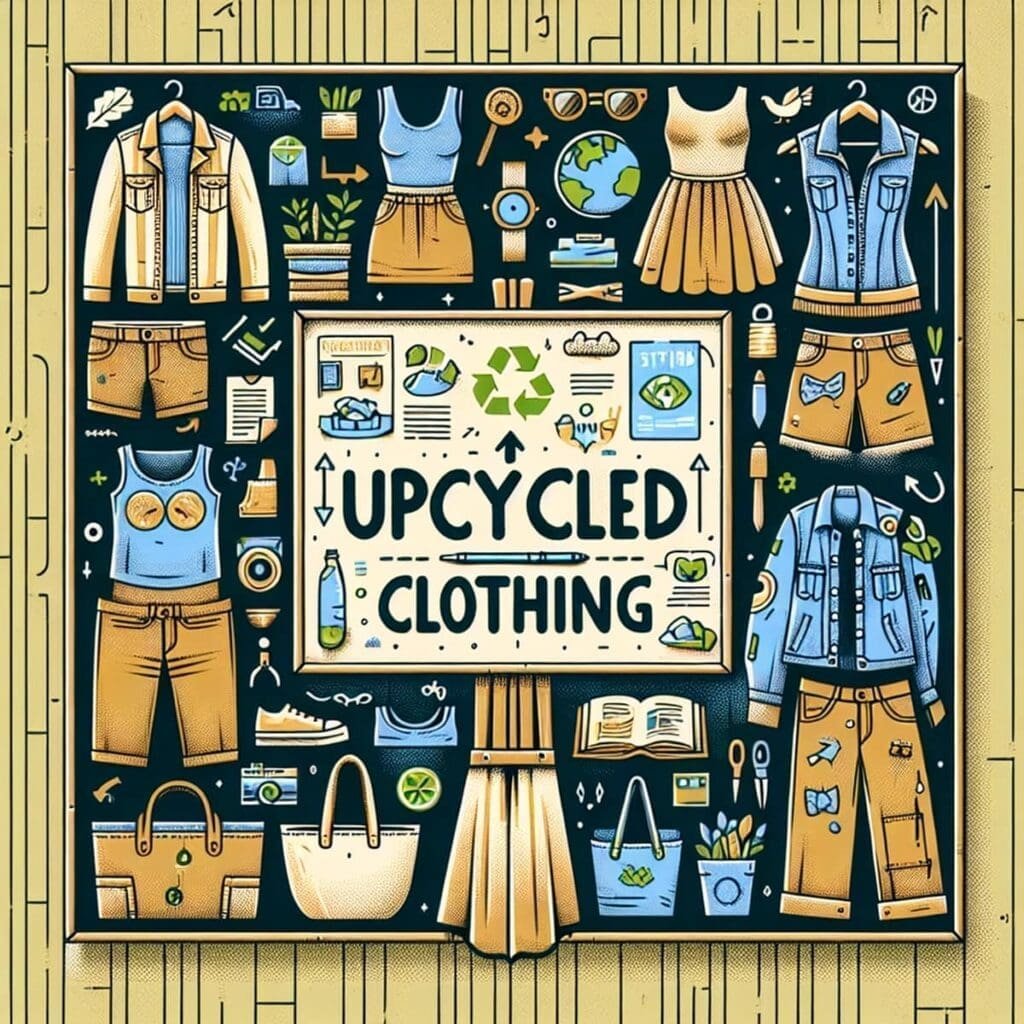
Upcycled clothing is a sustainable fashion practice that involves transforming old or discarded garments into new, unique pieces. It goes beyond simply recycling or repurposing clothes and focuses on enhancing their value by creatively reusing the existing materials.
Definition of Upcycled Clothing
Upcycled clothing refers to garments that have been created by reusing and repurposing the same fabric materials, such as old clothes, textiles, and deadstock. The process of upcycling involves turning these materials into valuable new items, reducing the need for virgin materials and minimizing waste in the fashion industry.
The Upcycling Process
The upcycling process typically involves two main steps: sourcing materials and transforming them into new designs.
Sourcing Materials
To create upcycled clothing, designers and individuals often seek out materials from various sources:
- Old Clothes: Second-hand garments can be found in thrift stores, garage sales, or even through friends and family. These items provide a great starting point for upcycling projects.
- Textile Waste: Textile waste includes fabric scraps or discarded materials from other industries. These can be repurposed and transformed into unique fashion pieces.
- Deadstock: Deadstock refers to unsold inventory that is typically destined for landfills. By upcycling deadstock fabrics, designers can give these materials a new life.
- Japanese Recycled Wonders: Drawing inspiration from Japanese recycled wonders, where traditional techniques like Boro are used to create stunning designs from worn-out textiles.
Transforming Materials
Once the materials are sourced, the transformation process begins. This can involve various techniques such as:
- Cutting and Sewing: By cutting old garments into new shapes and sewing them together, designers can create entirely different silhouettes and styles.
- Dyeing and Painting: Adding color through dyeing or painting techniques can completely change the look of a garment.
- Fabric Patching: Patchworking fabrics together allows for creative combinations of patterns and textures.
Differentiating Upcycling from Other Sustainable Practices
While upcycling is often used interchangeably with terms like recycling and repurposing, there are distinct differences:
- Recycling: Recycling involves breaking down materials to their raw form and using them to create new products. In contrast, upcycling focuses on using existing materials without breaking them down completely.
- Repurposing: Repurposing refers to finding alternative uses for old items, such as turning a t-shirt into a tote bag. Upcycling takes it a step further by transforming the materials into entirely new designs.
By understanding the process and purpose of upcycled clothing, we can better appreciate its environmental and creative benefits. However, it’s also important to acknowledge the issues in the broader fashion industry that make practices like upcycling necessary. The fast fashion model has led to excessive consumption and waste, making sustainable alternatives
The Significance of Upcycled Fashion
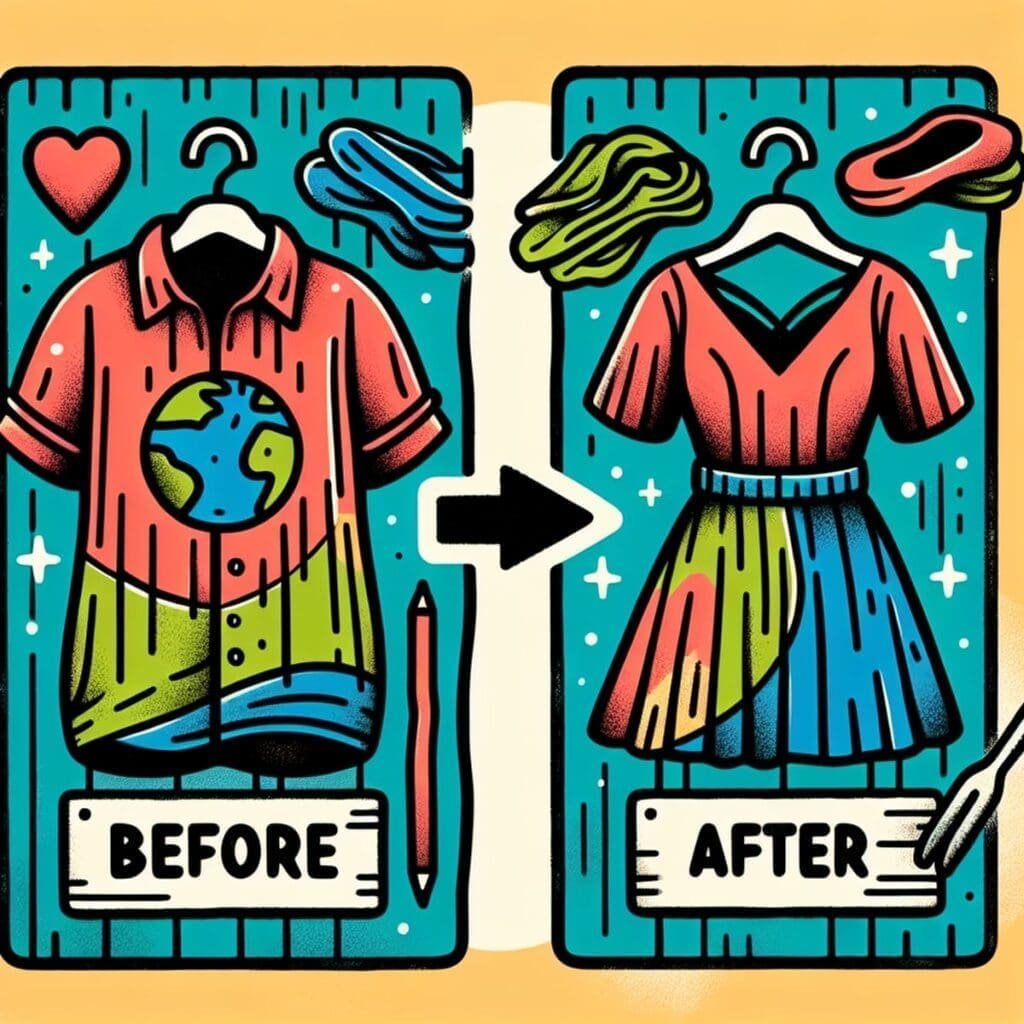
Upcycled fashion is incredibly important in today’s fashion industry because it helps the environment and promotes a circular economy. By reducing textile waste and supporting sustainable practices, upcycled clothing plays a crucial role in creating a better future for fashion.
Environmental Benefits of Reducing Textile Waste Through Upcycling
- Reduction of Clothing Waste: The fashion industry creates a lot of waste, especially from clothes that are thrown away. Upcycling solves this problem by taking old garments and materials and turning them into new designs, making them last longer and keeping them out of landfills. This helps to decrease the amount of clothing waste overall and reduces the negative impact on the environment caused by making new textiles.
- Conservation of Resources: Making new clothes requires a lot of resources like water, energy, and chemicals. Upcycling reduces the need for these resources by using existing garments and fabrics instead of starting from scratch. This helps to conserve resources and lower the amount of pollution generated from extracting raw materials and manufacturing processes.
- Lowered Carbon Emissions: The process of making new clothes releases greenhouse gases into the atmosphere, contributing to climate change. Upcycling decreases the demand for new clothing production, which in turn reduces carbon emissions from activities like transportation, manufacturing, and disposal. By choosing upcycled fashion, people can actively help fight against climate change.
- Promotion of Circular Economy: Upcycling represents the idea of a circular economy where materials are kept in use for as long as possible. It encourages using resources more efficiently by creating a closed-loop system where waste becomes a valuable resource for creating new things. By embracing upcycled fashion, individuals are supporting a more sustainable fashion industry.
The importance of upcycled fashion goes beyond just its environmental benefits. In the next section, we will explore how upcycled clothing brands make a difference both environmentally and socially, highlighting the ethical aspects and their impact on local businesses.
Exploring the Environmental and Social Impact of Upcycled Clothing Brands
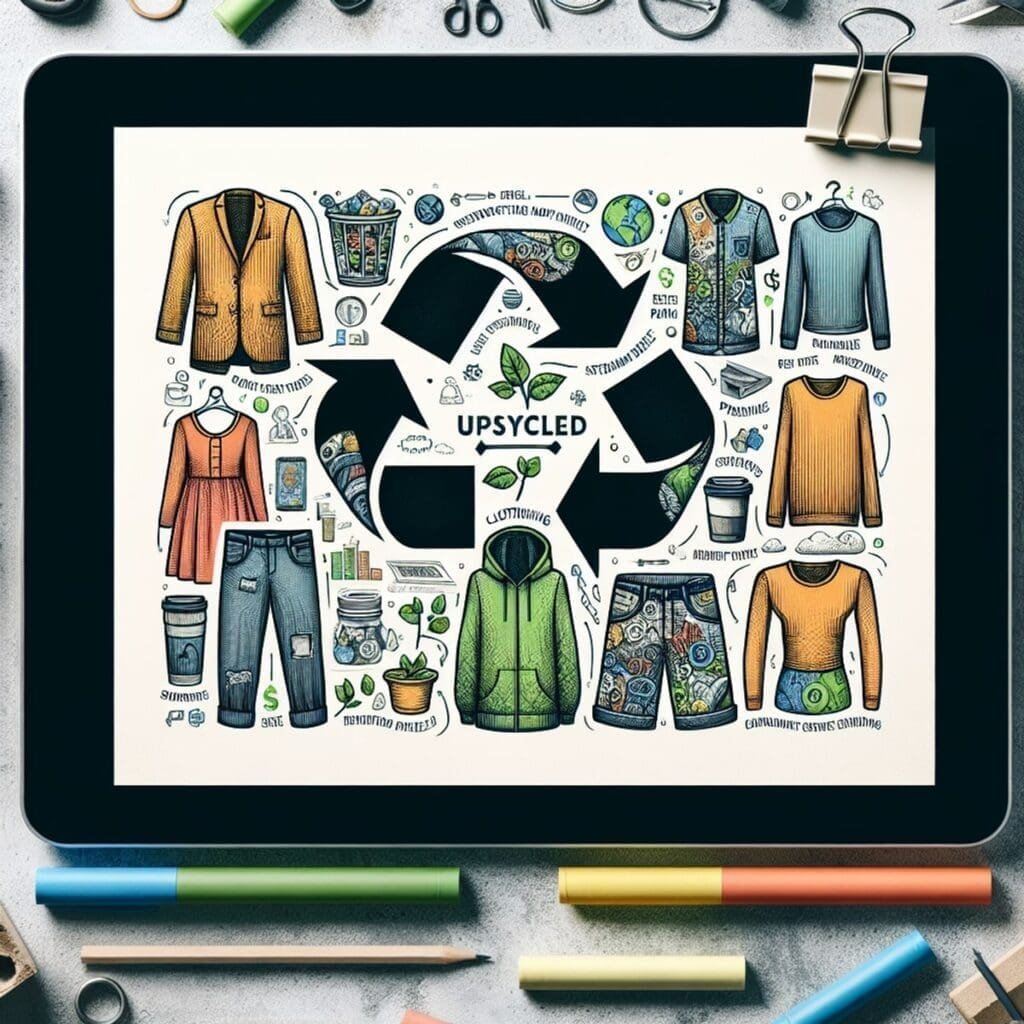
Upcycled clothing brands are important for addressing ethical and social issues in the fashion industry. They have a positive effect on the environment and help local communities in the following ways:
1. Ethical Considerations for Brands: Avoidance of Sweatshop Labor in Upcycled Fashion
Upcycling promotes ethical labor practices by avoiding the use of sweatshop labor commonly associated with fast fashion. By repurposing existing materials, upcycled clothing brands contribute to the reduction of exploitative labor practices often found in conventional garment production.
2. Supporting Local and Small-Scale Businesses Through Upcycling Initiatives
Upcycled clothing brands frequently collaborate with local artisans, small businesses, and independent designers to source materials and create unique pieces. This collaboration not only supports local economies but also fosters a sense of community within the fashion industry.
By prioritizing ethical considerations and supporting local businesses, upcycled clothing brands contribute to a more sustainable and socially responsible fashion ecosystem.
How Sustainable Fashion is Embracing Upcycled Materials and Techniques
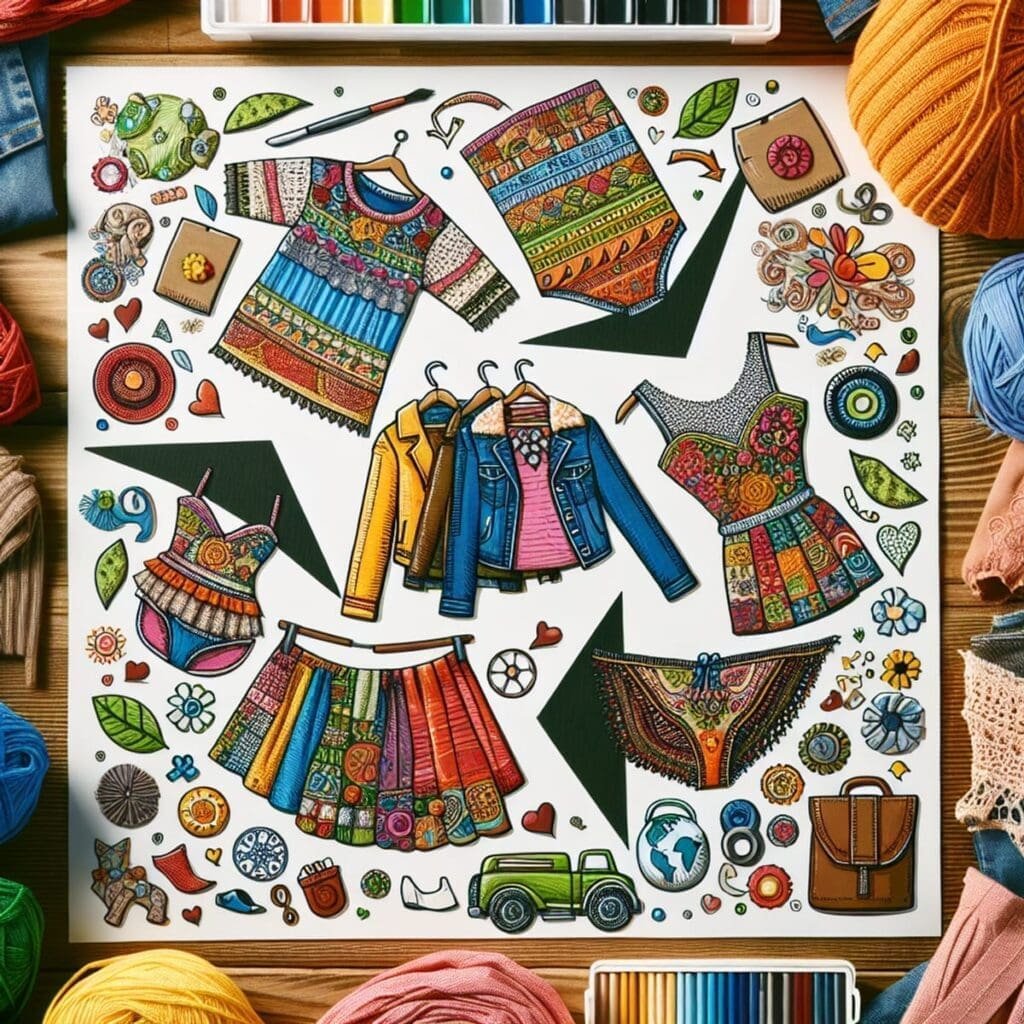
Sustainable fashion designers are finding new ways to promote environmental awareness in the industry. One of these ways is through the use of upcycled materials and innovative techniques, which are becoming increasingly popular among designers who prioritize sustainability.
1. Redefining Production Processes with Upcycling
Sustainable fashion designers are redefining conventional production processes by integrating upcycled materials into their designs. This approach aligns with the principles of a circular economy, where resources are utilized efficiently and waste is minimized. Upcycling allows for the transformation of discarded fabrics and garments into new, valuable creations, thereby reducing the demand for virgin materials.
2. Exploring Eco-Friendly Options
In their quest for sustainability, designers are turning to a diverse range of eco-friendly materials such as recycled textiles, organic cotton, and hemp. These materials not only minimize the environmental impact of fashion production but also support ethical farming practices and fair labor conditions.
3. Embracing Creativity in Design
The integration of upcycled materials often calls for creative and innovative techniques in garment construction. Designers are exploring methods such as fabric manipulation, patchwork, and embellishments to breathe new life into pre-existing textiles. This approach not only showcases their artistic ingenuity but also underscores the potential for beauty and elegance in upcycled fashion.
Through their commitment to upcycling and sustainable practices, these designers are setting a powerful example for the industry, demonstrating that style and environmental responsibility can seamlessly coexist.
Inspiration for DIY Upcycling Projects
Looking to unleash your creativity and give new life to your old clothes? DIY upcycling is a fantastic way to transform your wardrobe while minimizing waste. With a little imagination and some basic techniques, you can turn outdated garments into stylish, unique pieces. Here are some inspiration and ideas for your next upcycling project:
1. No-Sew Methods
Not everyone has access to a sewing machine or the skills to sew, but that doesn’t mean you can’t upcycle your clothes. There are plenty of no-sew techniques that allow you to create stunning transformations without a single stitch. Try these methods:
- Cutting: Give new shape and style to old t-shirts by cutting them into crop tops, tank tops, or even trendy fringed designs.
- Dyeing: Transform faded or stained clothing by dyeing them with natural dyes or fabric paints. Experiment with tie-dye or ombré effects for a fun and vibrant look.
- Painting: Add a personalized touch by painting designs or patterns on plain garments using fabric paints. Create unique artwork or stencil designs for a truly customized piece.
2. Fabric Patching
If you have garments with small holes or stains, don’t throw them away just yet. Instead, consider patching those imperfections with patches made from other fabrics. You can create patchwork designs or strategically place patches to add interest and texture to your clothing.
3. Mix and Match
Combine different pieces of clothing to create entirely new garments. For example, you can sew together the top of one dress with the bottom of another dress to make a completely unique piece. Don’t be afraid to experiment and mix different colors, patterns, and textures.
Remember, the possibilities for upcycling are endless! It’s important to understand the environmental impact of the fashion industry as well. Fast fashion, for instance, is a significant contributor to this issue. For a more sustainable approach, you can refer to this ethical and sustainable fashion guide which provides valuable insights into making responsible choices. Additionally, upcycling not only allows you to express your creativity but also contributes to reducing waste and addressing the problem of outdated inventory in various industries, as highlighted in this blog post on creative uses for outdated inventory. So grab those old clothes, unleash your inner designer, and start transforming your wardrobe with DIY upcycling projects today!
Remember, the possibilities for upcycling are endless! Get inspired by browsing online tutorials, following upcycling influencers on social media platforms, or visiting local thrift stores for inspiration. Upcycling not only allows you to express your creativity but also contributes to a more sustainable fashion industry.
The Future of Upcycled Clothing: Trends and Outlook
As more people become aware of the importance of sustainability and ethical fashion – as highlighted by initiatives like the circular economy projects – the future of upcycled clothing looks bright. Here are some ways we can help the upcycled fashion movement:
- Educating Consumers: Spreading knowledge about the environmental and social advantages of upcycled clothing through educational campaigns and open communication from brands.
- Collaborative Initiatives: Encouraging partnerships between upcycling brands, fashion designers, and influencers to make upcycled fashion a popular choice.
- Policy Advocacy: Supporting policies and regulations that reward sustainable practices in the fashion industry, such as upcycling.
- Market Access: Making it easier for upcycled clothing brands to reach customers by partnering with retailers, using online platforms, and implementing targeted marketing strategies.
By actively participating in these efforts, consumers can contribute to the continued growth and success of the upcycled fashion movement. The future holds immense potential for a more sustainable and ethical fashion industry driven by the widespread embrace of upcycled clothing. As highlighted in this Columbia University article, this shift towards sustainability is not just beneficial but also necessary for the well-being of our planet.
Conclusion
Upcycled clothing plays a crucial role in shaping a more sustainable future for the fashion industry. By embracing upcycled fashion, we can make responsible consumer choices that contribute to reducing textile waste, supporting ethical practices, and promoting creativity and innovation. As consumers, we have the power to drive positive change by choosing upcycled clothing and inspiring others to join the movement towards a more sustainable and ethical fashion ecosystem. Together, we can build a future where conscious consumption and environmental stewardship are at the forefront of the fashion industry’s evolution.
Sustainable Fashion
Thrifted Clothing
Recycled Apparel
Eco-Friendly Fashion
Secondhand Clothing
Repurposed Garments
Vintage Upcycled Fashion
Ethical Clothing
Slow Fashion
Green Fashion
Reclaimed Textiles
Renewed Apparel
Handmade Upcycled Clothes
Environmental Fashion
Repurposed Fabrics
FAQs (Frequently Asked Questions)
What is upcycled clothing and why is it relevant in the fashion industry today?
Upcycled clothing refers to the process of transforming old or discarded garments into new, high-quality products. It is relevant in the fashion industry today because it promotes sustainability by reducing textile waste and minimizing the environmental impact of clothing production.
How is upcycled clothing defined and what does the upcycling process entail?
Upcycled clothing involves sourcing materials from old garments and creatively transforming them into new designs. The upcycling process includes identifying suitable raw materials, repurposing them, and incorporating them into innovative fashion pieces.
What are the environmental benefits of reducing textile waste through upcycling?
Reducing textile waste through upcycling contributes to a circular economy by minimizing the consumption of new resources and diverting textiles from landfills. This practice helps conserve energy, reduce water usage, and decrease greenhouse gas emissions associated with conventional clothing production.
How do upcycled clothing brands avoid sweatshop labor and support small businesses?
Upcycled clothing brands prioritize ethical considerations by avoiding sweatshop labor and supporting local, small-scale businesses. By doing so, they contribute to fair labor practices and promote a more sustainable and socially responsible fashion industry.
How do designers embrace circular practices through upcycled creations?
Designers embrace circular practices through upcycled creations by using eco-friendly materials, implementing sustainable production techniques, and promoting a mindset of resourcefulness and innovation. This approach fosters a more environmentally conscious and socially responsible fashion ecosystem.
What are some creative upcycling ideas for DIY projects?
For DIY upcycling projects, individuals can explore no-sew methods such as cutting, dyeing, and painting techniques to transform old clothes into new styles. These creative ideas allow for personal expression while contributing to sustainable fashion practices.
How can we support the upcycled fashion movement as responsible consumers?
As responsible consumers, we can support the upcycled fashion movement by raising awareness about the environmental and social benefits of upcycling, making informed purchasing decisions, and advocating for greater transparency and accountability within the fashion industry. By doing so, we can contribute to building a more sustainable fashion ecosystem.
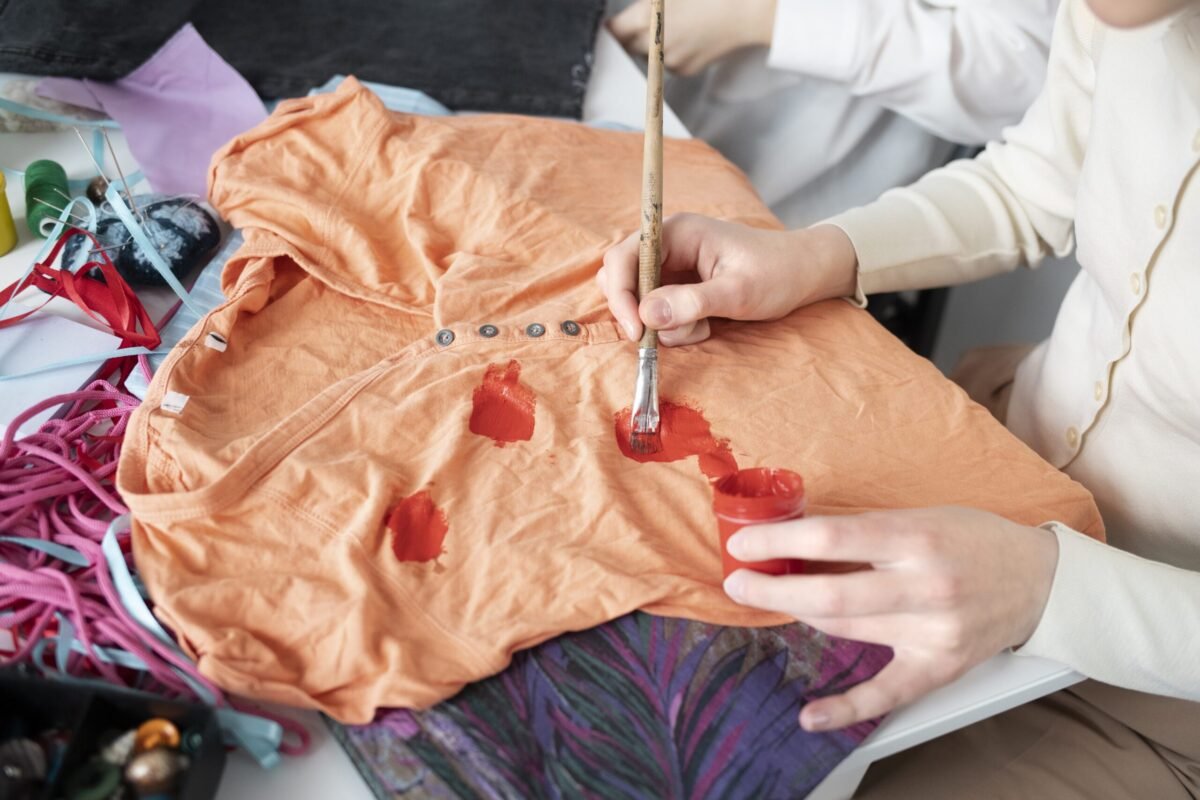

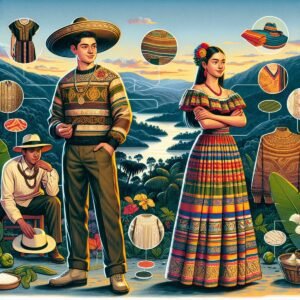
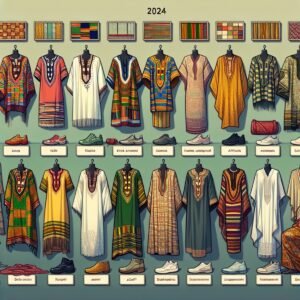
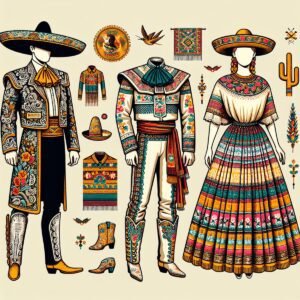
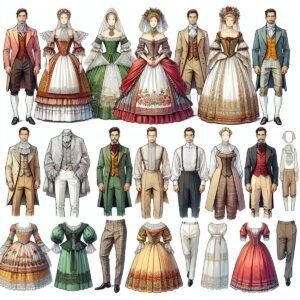
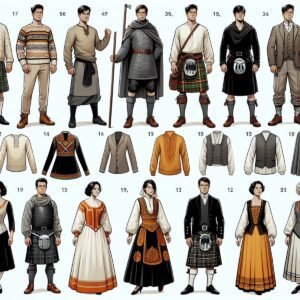
9 thoughts on “What is Upcycled Clothing? and Why You Should Care”